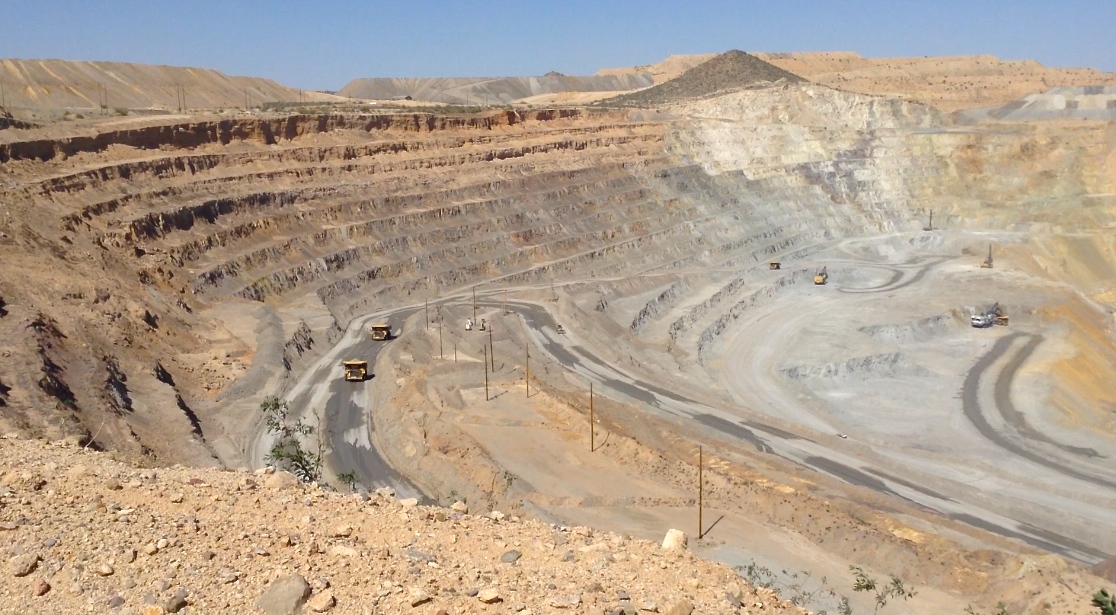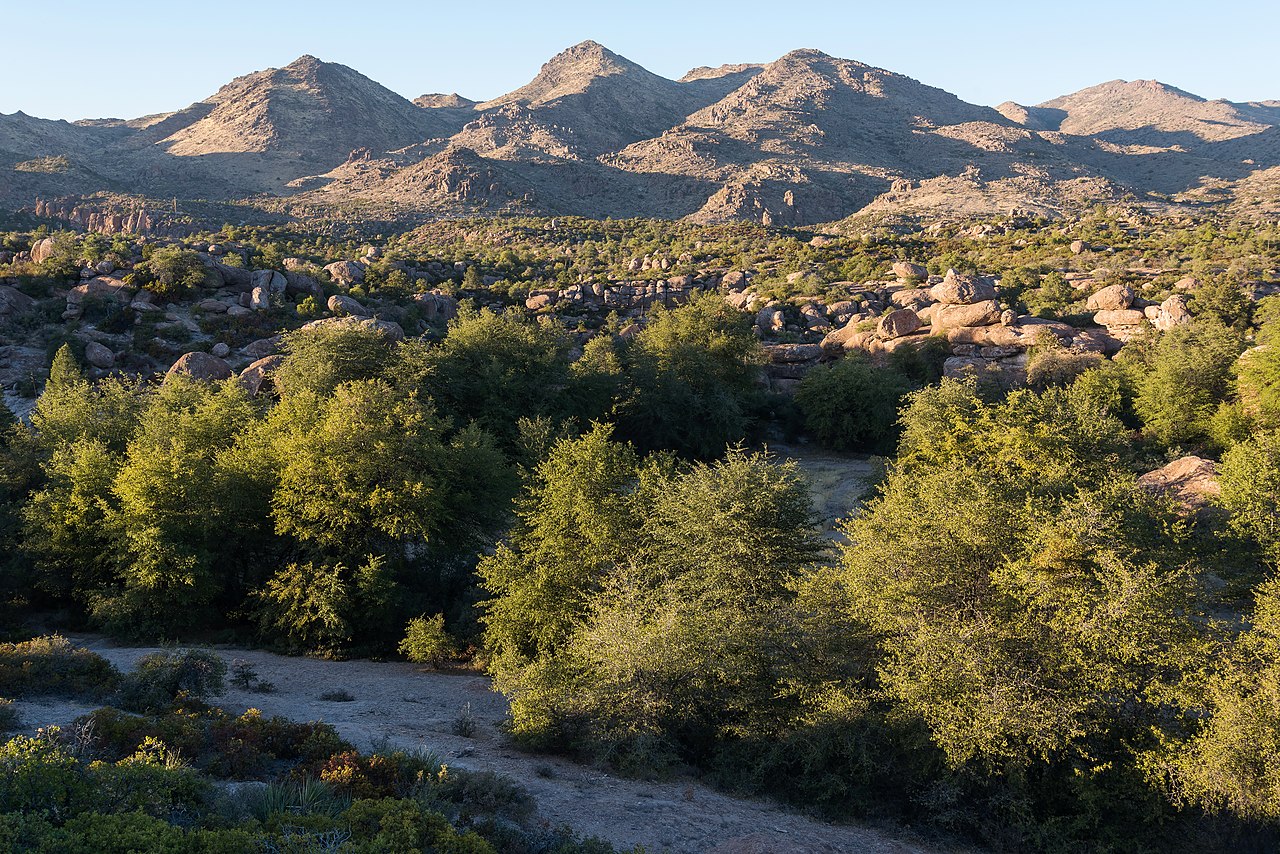The cost of “sustainability” isn’t sustainable.
If there’s one thing that many environmentally-minded people in the United States and around the world agree on, it’s the need to quickly transition to a renewable energy-based economy. The drought in the American West and the coming cold winter in a Europe starved of Russian natural gas exports are but two facets of a desperate situation caused by becoming so dependent upon fossil fuels that the prospect of making do with less total energy is a non-starter. However, the cost of renewables, monetary and non-monetary, in addition to the sheer mobilization it would take to roll them out with sufficient quantity and speed to continue business as usual, unabated, is vast, and rides roughshod over some of the very things that make us human.
Any renewable energy revolution requires basic materials. Increased supplies of copper, lithium, and a veritable periodic table of rare earth minerals necessary to construct wind turbines, solar panels, batteries, and a bigger grid are going to have to come from somewhere. Much like the way we exploited coal and oil, the easiest deposits to mine will be exhausted first. Part of the cost of renewables is choosing what parts of the natural world (and which human communities) we are willing to sacrifice in order to maintain industrial levels of consumption for a while longer.
One of those places is the Oak Flat region in Arizona. The site in question, also known by its Indigenous name, Chi’chil Bildagoteel, is sacred to the Apache people. Wendsler Nosie, former San Carlos Apache chairman, told AzCentral, “Oak Flat is like Mount Sinai to us — our most sacred site where we connect with our Creator, our faith, our families, and our land.” In a country so moved by the struggle for religious freedom that we would allow employees to avoid doing their job while discriminating against whole classes of people in order to preserve one’s purity of conscience, you would think this argument would carry some weight. If the challenger is a woman seeking contraceptives or a gay couple celebrating their wedding, maybe it does, but not so much when Native communities are facing the relentless demand for energy.
Resolution Copper, which is jointly owned by the Australian firm BHP and British/Australian Rio Tinto, plans to excavate an underground crater 1,000 feet deep and 1.8 miles in diameter in Oak Flat, destroying land that the Apache consider sacred, along with Emory oak trees and underground water sources. The site is located within Tonto National Forest and included in the National register of Historic Places, but was part of a land swap that required the U.S. Forest Service to withdraw its environmental impact statement to clear the way for what is expected to be the largest copper mine in the United States. The San Carlos Apache Tribe and other Indigenous groups have opposed the mine for over a decade, but last month, a panel of three judges from the 9th U.S. Circuit Court of Appeals affirmed that while the land is sacred, those beliefs were insufficient to stop the mining project.

Apache Stronghold, the grassroots nonprofit group which the judges claim “failed to show a substantial burden on its religious exercise,” is requesting that their appeal be re-heard by the full 11-judge court, and vows to take it all the way to the Supreme Court rather than surrender their sacred land to be destroyed as part of the cost of renewables for the industrial culture that has already taken so much from so many more sustainable cultures.
A similar conflict is brewing in Nevada. On September 12, 1865, the U.S. Army massacred at least 31 Northern Paiute people at Thacker Pass, also known as Peehee mu’huh (“rotten moon”) as a memorial to the slaughter. Thacker Pass is now slated to become the largest lithium mine in the United States, supplying 60,000 tons of lithium to be extracted each year. The open pit mine itself would span about nine square miles (with a high likelihood of expansion) and have a 46-year useful life, during which it would suck up 2600 acre-feet of groundwater from the surrounding area per year (at least at first), making farming much harder.
Waste from the leaching process, including sulfuric acid, is expected to be deposited in a dump site lined with heavy plastic. In 300 years, long after the lithium deposit has been exploited, the electric cars rusted and used up, and the sage grouse are gone, concentrations of arsenic and antimony in the backfill pit are predicted to still exceed drinking water standards, but maybe that plastic will still hold them back from poisoning anyone that still manages to live in the area. That’s the cost of renewables at Thacker Pass, to be paid long after the people who enjoyed the benefits are dead. (If you have ever resented our ancestors for bestowing us the present, imagine how we will be resented in times to come.)
A coalition of Indigenous people from the affected area are fighting the mining project, and who can blame them? This is where their ancestors died, and it’s where their descendants are likely to be poisoned, too. They see how lithium mines have meant death and destruction elsewhere, and they are trying to protect their land and their children, the rye and pronghorn antelopes and the sage grouse. They’re sick of watching mining companies grow rich while they grow poorer. And they don’t believe sweet-talking corporations who say they will take only so much of the land – and no more. They’ve heard that before.
Their fight is not finished. Besides challenging the mine project through litigation (and losing in court), the Reno Sparks Indian Colony is also trying to have the tiny Nevada Springsnail and Kings River pyrg, species whose whole range is in the area that would be affected by the lithium mine, protected as endangered. They’re also petitioning the federal government to recognize Thacker Pass as a national historic place, where their relatives were left to rot.
A complete transition to renewable energy would require a greater supply of rare earth minerals than currently exists. Even relatively common elements like copper and lithium are in short supply for this goal, and would require mining activities that destroy communities and ecosystems. In order to satisfy a perceived need for electric vehicles and massive energy consumption to continue the status quo while “saving the planet,” swaths of that same planet would be turned into permanent sacrifice zones, still poisonous hundreds of years from now (“unto the seventh generation”). The cost of renewables is not sustainable.
So what’s the solution, then? Relocalize. Simplify. Dramatically reduce our population, our consumption, and our energy use. The court system won’t hold industrial culture back, and buying different “greener” gadgets won’t save us. Our way of life must become negotiable. And nature, it turns out, is a master negotiator who always bats last.
Related: Wet’suwet’en Solidarity Movement Growing


Join the conversation!